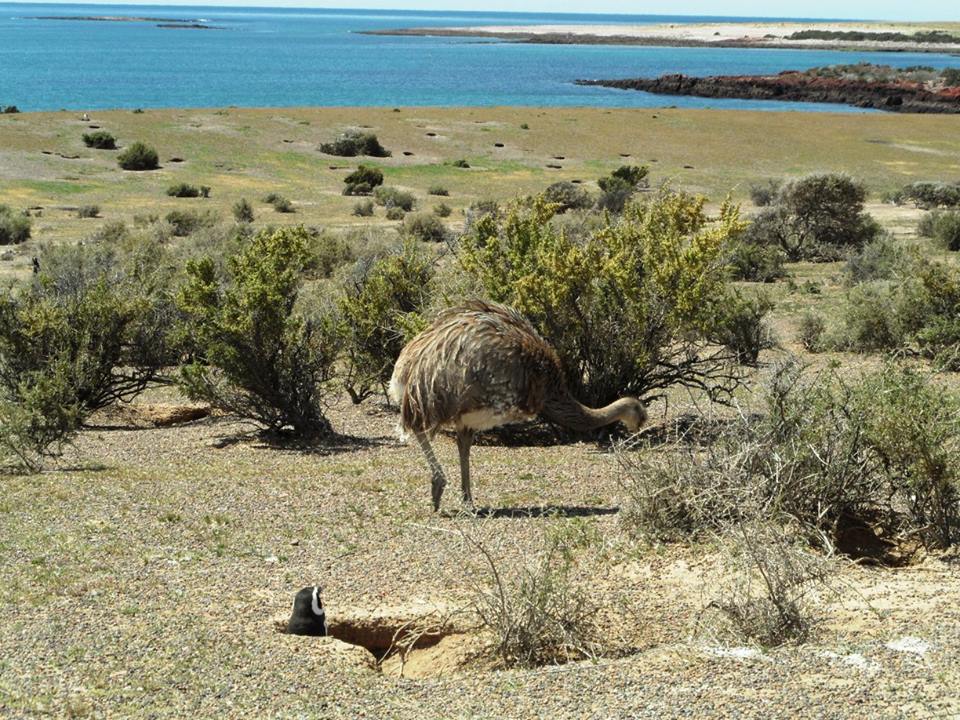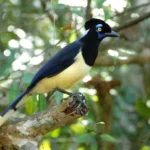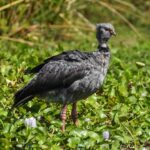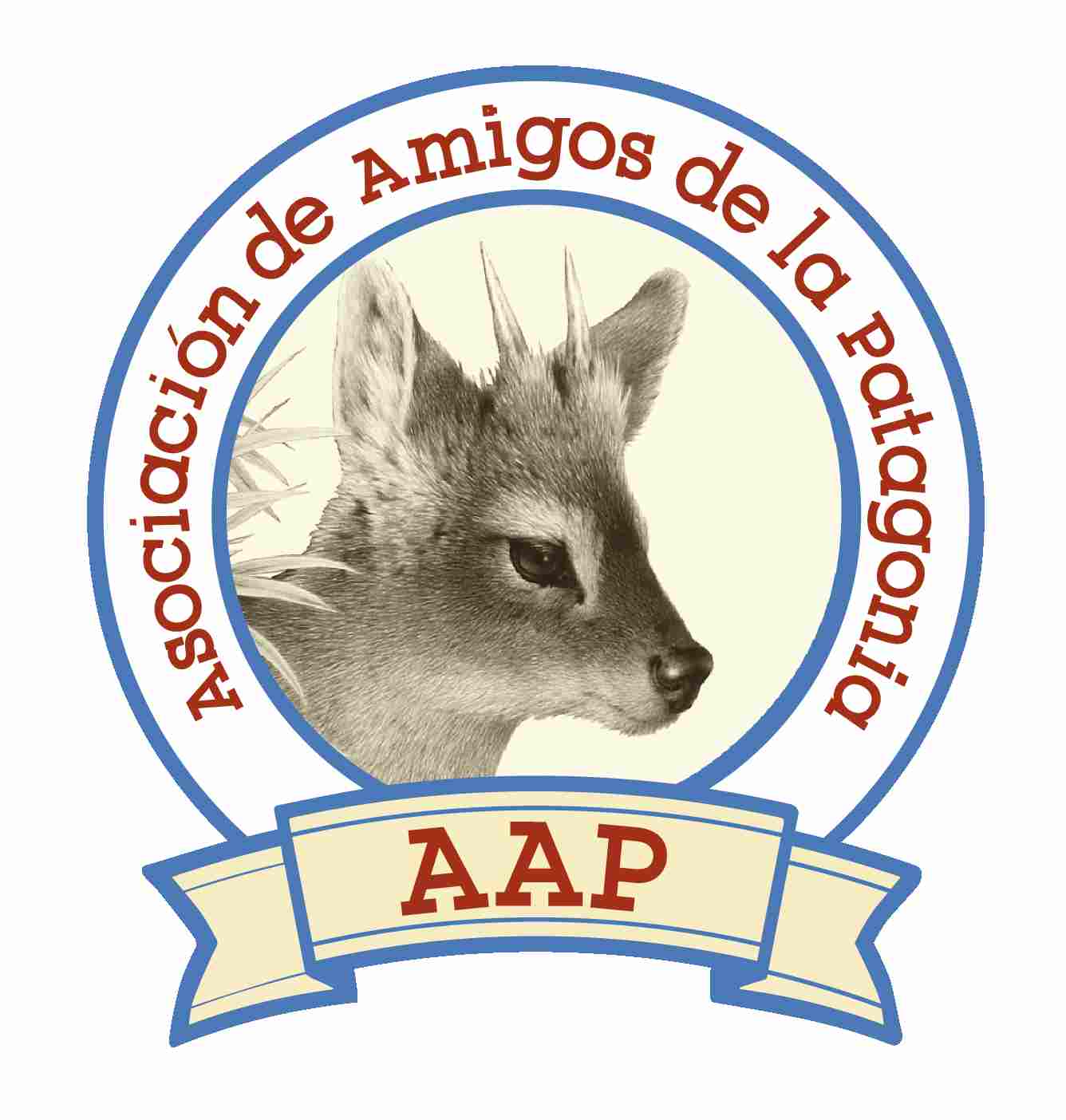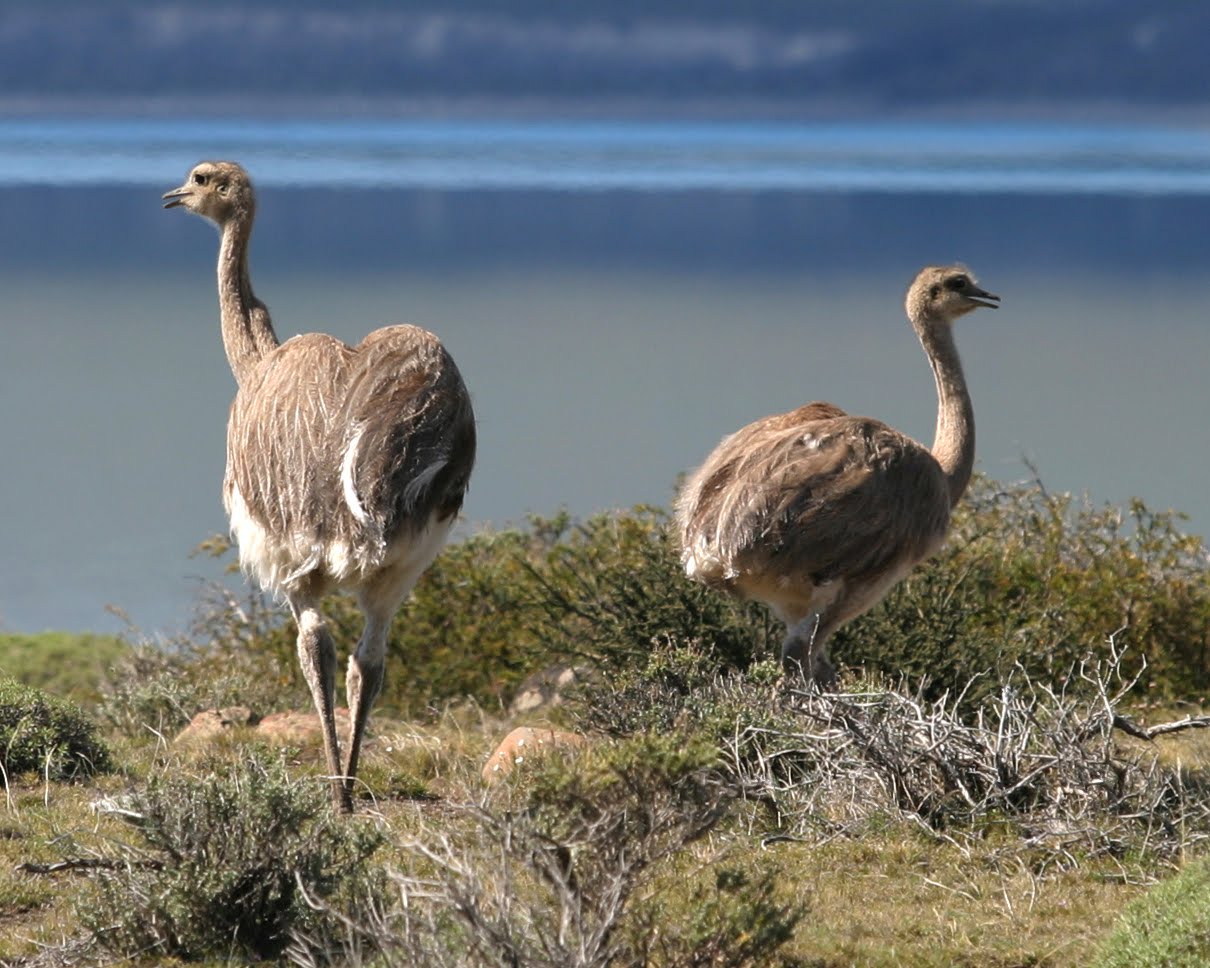
What’s a Choique?
Also known as Darwin’s rhea, lesser rhea, or Rhea pennata, the choke is a large flightless South American bird.
It is known by different names, sometimes called ñandú, rhea or even “South American ostrich” because it resembles a miniature ostrich. However, the three toed feet of rheas, as opposed to the ostrich’s two, absence of delicate plumes, and brownish coloration set them apart from ostriches. Choiques have smooth, velvety brown feathers with white flecks throughout their dark plumage.
Where can I see Choiques?
The wide scrublands of Patagonia and the South American Altiplano is the only place where you can see choiques, the area surrounding El Calafate in Argentina is an excellent place to find them. They live all throughout the Andean plateau, including the steppes and the Puna grassland. Despite living in arid areas, they frequently spawn close to bodies of water like lakes, swamps, and rivers. The birds favor open, treeless areas and use running to avoid predators. They can eat a variety of plant and animal items because they are omnivorous.
It’s also very common to find them in Peninsula Valdes, El Calafate, Ruta 40, Santa Cruz Province, Torres del Paine, and other areas of Patagonia.
What do Choiques eat?
Choiques consume fruits, seeds, roots, and broad-leaved plants as well. They also eat lizards, small rodents, and insects. The plants that choiques consume provide the majority of their water source. They are never far from a food because the grasslands where they travel are abound with vegetation all year long.
Behavior of the Choique
Choiques live in mixed groups of 5 to 30 individuals and are very gregarious animals. However, aggressive and territorial males emerge during the mating season, while receptive females congregate in packs. Some males leave their families in their later years to live alone. Even though they are gregarious, choiques sit rather far apart from one another to avoid provoking dangerous head-jutting and open-billed hissing displays.
The Choique can reach speeds of 37 mph, which allows them to evade possible predators and detect threats with their acute eyes and ears. These enormous birds are quick, yet they have poor endurance. They run through the bushes with their wings folded and long necks held low. To elude pursuers, they run in a zigzag pattern or abruptly change directions at a 90-degree angle. Other than on extremely hot days, choiques are mostly diurnal.
Wildlife tours in South America
We design personalized trips in Argentina and Chile, such as the following ones (where you’ll have good chances of seeing not only one Choique, but plenty of them!)
- Patagonia Puma Photo Tour and Orca Whale Watching.
- Tailor Made Holidays Peninsula Valdes
- Penguin tours
- Other wildlife tour (without Choiques) you may like:Ibera Wetlands Tour
Related posts & tours:






